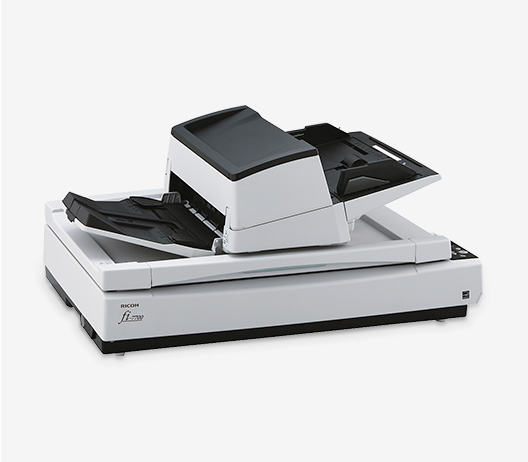Breman Museum
There are approximately 850 million visits each year to American museums. Museums not only educate attendees of all ages, but also serve as important community institutions. Across the United States, museums preserve and protect over a billion objects.
One of the most important tasks within operating a museum is the successful preservation of important cultural artifacts. What was once a near impossible task for certain delicate, pieces is now possible thanks to high-quality document and image scanning technology.
An example of a museum that successfully implemented scanning tools into its preservation efforts is the William Breman Museum in Atlanta. The museum celebrates and commemorates the Jewish experience in the Southeastern United States, offering a central location to collect, preserve, interpret, and teach Jewish values, culture, and history. It also hosts a resource library and extensive archives containing documents and other artifacts of Jewish life in the South. The museum’s team says that gathering and preserving historical documents and other items from Jewish families in the South is essential to providing a rich portrayal of Jewish history and activities in the region.
One important collection the museum obtained included documents from the Alexander family, including Henry Alexander, Sr., one of the family’s most prominent members. He was a lawyer for Leo Frank, a factory superintendent convicted of rape who was seized by a lynch mob and hanged in 1915, a period in which anti-Semitism was rampant. In addition to preserving the Alexander family documents, which consist of nearly 13 linear feet of documents dating back to the 1800s, the museum wanted some way of safely digitizing the Alexander materials for a website redesign.
Product Features
fi Series scanning technology implemented within museums can:
- Help make museum’s archives far more accessible online to researchers and general public
- Assist in providing backup copies in case originals are lost or irreparably damaged
- Reduce physical contact with original documents, helping to preserve them
fi-7700

Using a fi Series low-volume production scanner for high-speed scanning — and flatbed for fragile documents. As the museum reviewed its technology options for the digitization project based on recommendation from another museum that had purchased a fi Series scanner for their documents.
Soon, using the new scanner, the Breman Museum preservation team was able to scan up to 90 pages per minute. The system also provides a flatbed scanning option for more fragile documents, such as letters and contracts handwritten on onion-skin paper.
During the scanning process, museums can convert documents into Adobe PDF files. Optical Character Recognition (OCR) technology is used to extract information, and the museum team can add metadata, footnoting and watermarking. A common goal of digitizing and organizing a museum collection is to make documents easily searchable and easily accessible online for researchers and members of the public who are looking for specific information or archived material.
Museum partners have reported scanning close to 40,000 documents per week, even with the preparation work and delicate cases which required flatbed scanning. Digitizing archival documents delivers a number of important benefits.
In the event that cultural artifacts were lost for some reason, if the museum has digitized with scanning technology, they have a digital backup. It can also provide invaluable support to preservation efforts, minimizing the physical handling of documents which is critical with fragile materials – both dirt or oils on hands and the act of handling itself can damage artifacts.

